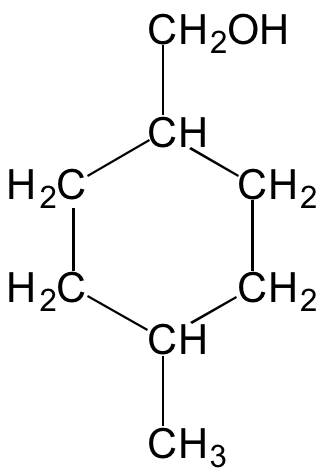In March, I attended the 247th National Meeting of the American Chemical Society with my research group to present our research on DNA hairpins. The most interesting symposium I attended discussed careers in environmental sciences, put on by the Younger Chemists Committee. One of the speakers was Charlie F. Anderson, the immediate past president of the American Water Works Association. Mr. Anderson, a chemist by education, had worked in the public utilities of Arlington, TX for more than 30 years. During his talk, Mr. Anderson stressed that access to a clean municipal water supply is one of the pillars of the developed world and asked us to imagine what would happen to our society if our cities’ water supplies suddenly vanished. Chaos, he stressed, would ensue within days.
A hauntingly similar situation played out in early January 2014 when a chemical spill into a river in Charleston, West Virginia left about 300,000 people without access to potable water. The incident occurred after up to 28,000 liters of a chemical foaming agent leaked into the Elk River, one mile upstream from a water treatment plant which serves the Charleston metro area in a region nicknamed Chemical Valley. The foaming agent, 4-Methylcyclohexylmethanol (MCHM) is used to treat coal to produce “coke,” a high-carbon fuel with few impurities. This supercoal is often used in iron production and can be used both as a fuel as well as a reducing agent. Little is known about the toxicity of MCHM, but within two days, 700 residents had called the state’s poison control center, and 122 people had sought treatment for nausea and vomiting. After a week, most of the affected area was officially allowed to use its water again, after flushing their plumbing. The situation in West Virginia is far from over, and it happened in one of the worst possible areas in the country in terms of its immediate financial impact on average citizens. West Virginia is the third poorest state in the US, and more than 17 percent of West Virginians fall under the poverty line. Months later, thousands still live without running water, not trusting the okay given by state officials. As a result, these already struggling families are spending significant portions of their incomes on bottled water and disposable items.
 |
| Chemical Structure of 4-Methylcyclohexylmethanol, the chemical that contaminated the Elk River in January. Source: wikimedia.org |
Contamination by both chemicals and bacteria is probably the most well-known water issue. Water.org claims that most of the 3.4 million yearly water-related deaths are caused by fecal matter contamination and reports that worldwide, more people have cell phones than toilets. These problems are of critical importance, but at least there is some hope for improvement. With economic development and aid by NGOs and foreign governments, the situation will hopefully improve with time. However, there exists another water problem that manifests itself in a much more dramatic manner with a less hopeful future. In Showtime’s currently-airing environmental documentary series Years of Living Dangerously, Thomas Friedman of the New York Times investigates the link between drought and recent political instability in the Middle East. Between 2006 and 2010, four consecutive droughts ravaged Syria, forcing more than one million people to leave their farming villages and move to the cities, and forced up to three million people into extreme poverty. The lack of aid by the Syrian government outraged many. Friedman claims that while not a main cause for the March 2011 Syrian Civil War, the drought and subsequent mass poverty and migration likely contributed to the political unrest and may have played a role in pushing the situation over the edge. Indeed, a confidential US diplomatic cable from before the revolution warned of mass migrations in Syria due to the drought, and predicted that the dire climate would “throw the entire country into chaos.”
Access to clean water is clearly poised to become one of the world’s most important issues as the earth continues to warm. Implementing sanitation infrastructure in developing regions as well as preventing future West Virginia-style contamination are extremely important missions. However, taking actions to decrease the effect of climate change and increasingly frequent droughts may end up being the defining water issue for future generations hoping to avoid the “chaos” that Charlie F. Anderson warned about.
Further Reading
Really interesting post, and the writing is beautiful!
ReplyDelete